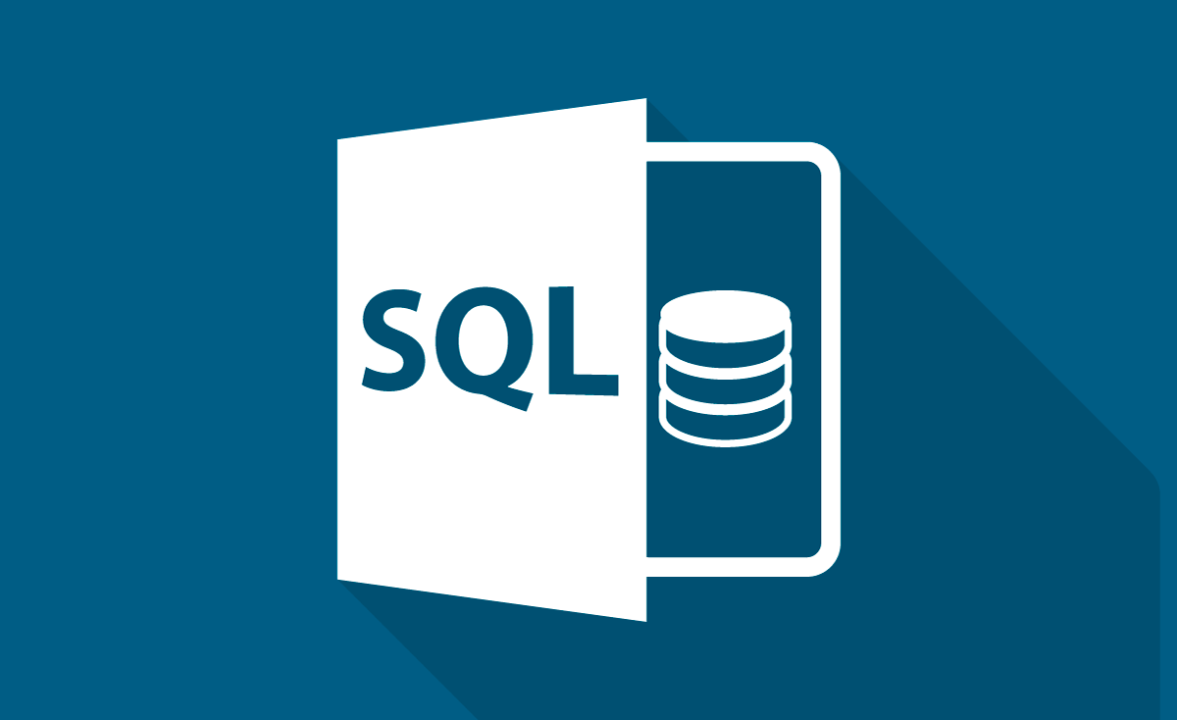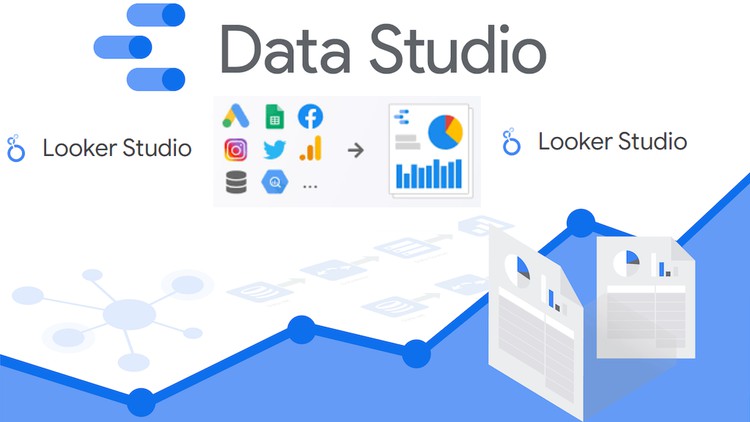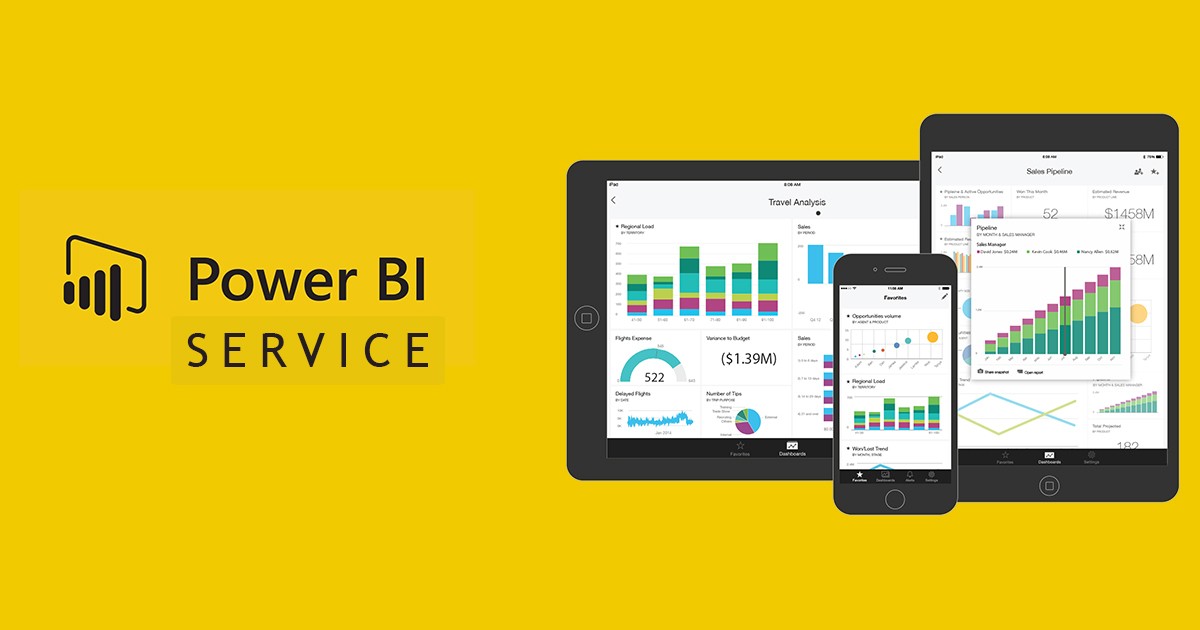Let's Begin
This SQL data cleaning improves an e-commerce database by fixing date formats, filling missing customer addresses, and organizing address details. It also makes the "Shipped" status clearer and removes duplicates for data integrity. Unused columns like billing address and tax info are removed, streamlining the dataset for better efficiency.


This data exploration project on flights data begins by selecting relevant information such as departure dates and airport codes. It then delves into key insights, including the total number of flights, average departure and arrival delays from various airports. Monthly flight trends are examined to understand patterns over time. The project also identifies airlines with the highest average departure delays. Lastly, on-time arrival performance is assessed by analyzing flights to destinations based on their punctuality. The findings are presented in a clear and organized manner, providing valuable insights into the performance and trends within the dataset.

The SQL query analyzes sales transactions from a dataset called sales_transactions, focusing on customer-level insights within a specified date range. It calculates aggregated metrics such as total purchases and returns for each customer, categorized by product type (Grocery, Electronics, and Clothing). The query includes conditional logic to handle different currencies, converting values to a common unit where necessary. The results are grouped by customer ID to provide a comprehensive overview of customer behavior and transaction patterns. This analysis aids in understanding customer purchasing trends and informs strategic decision-making for the business.

In developing a regression model for delivery time, I conducted a comprehensive analysis that encompassed Exploratory Data Analysis (EDA), data visualization, feature engineering, correlation analysis, model building, and thorough model testing. This rigorous approach aimed to understand the factors influencing delivery time and to create an effective predictive model for optimizing delivery efficiency.
Similarly, in crafting a prediction model for salary hikes, I undertook a detailed process involving EDA, data visualization, feature engineering, correlation analysis, model building, and meticulous model testing. This methodical exploration sought to uncover patterns and relationships within the salary data, ultimately leading to the construction of a robust model capable of forecasting salary hikes accurately.

Aim of Dashboard:
Daily New customers,Orders and Profit from orders.
Dashboard Shows:
New Customers-: Show count of new customers.
New Orders-: Shows the count of new orders.
Total Profit-: Shows the profit amount.
Average Sales-: Shows the Monthly Avg Sales.
Date Level City-wise Profit-:
Bar Chart showing Date level Citywise Profit Breakdown.
A Table with bars showing the Maximum Customers count and Orders count City-wise.
One Donut Chart showing the Percentage of Order Categories and second Donut Chart showing the Percentage of Preferred Shipping mode for orders.
The Bar Chart showing the Orders quantity-wise.

Aim of Dashboard:
Covid 19 Impact at International Level.
Dashboard shows:
Active Cases-:
(i) Map shows country-wise population Infected(Darken the red colour denotes high infected Country.
(ii) Continent-wise Active cases count.
Recovered Cases:
(i) Donut chart shows the Country-wise Percentage of Recovered cases.
Death cases:
(i) Column Charts gives the count of Death cases Country-wise.
Vaccination:
(i) At least 1 dose gives the count of people with only 1 Dose.
(ii) Fully Vaccinated gives the count of people with 1st and 2nd Dose.
(iii) A Country-wise Fully Vaccination breakdown (Max to Min).

The Data Professional Survey Dashboard, created with Power BI, offers a comprehensive overview of survey data related to professionals in the workforce. This dataset delves into various aspects such as salary distribution, work-life balance, gender demographics, and provides insights into country-wise and job title-wise data. Users can easily navigate through the interactive dashboard to explore trends, make comparisons, and gain valuable insights into the experiences of working professionals. The dashboard serves as a powerful tool for analyzing key metrics, aiding organizations and individuals in making informed decisions based on the survey findings.

The Hotel Bookings Dashboard is a dynamic visualization tool designed to provide comprehensive insights into hotel booking data. It covers key aspects such as booking confirmations, cancellations, member demographics, geographical distribution, and customer loyalty. Users can explore trends over different date ranges and analyze data based on customer types. The dashboard includes visualizations like confirm bookings count, canceled bookings count, member demographics, geographical map for country-wise bookings, hotel type-wise booking trends, and a bar graph showing customer loyalty. With interactive features and clear visualizations, the dashboard empowers users to make data-driven decisions and optimize strategies for an enhanced booking experience.

Presenting insights from my smartwatch data, highlighting notable improvements and their impact on personal health and well-being.








